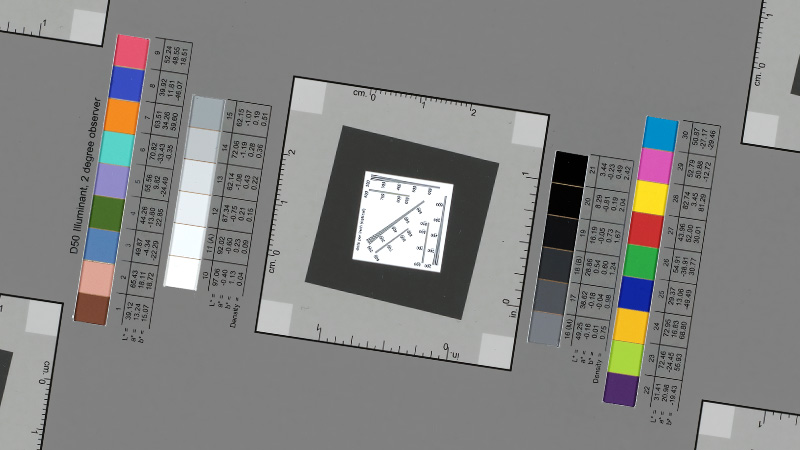Digitization
Image quality control and photo technology challenges in cultural heritage digitization projects
In this series of articles, I will focus on the photo technology challenges of digitizing planar artefacts —paintings, drawings, prints, archival documents, maps, reflective photographs, i.e. paper images, and transmissive photographic material, i.e. negatives, slides, glass negatives, and also bound documents and books, because a reliable digital representation of all these objects is essential, everyone working in the cultural heritage scene benefits from the use of high-quality digital objects resulting from proper, professional digitisation.
Consultancy
- I can help institutions and private collections to find their best workflows to meet international digitization standards, I can participate in the development of training sessions, also, I can consult and advise on how to control, optimise and improve their existing processes.
Digitization Services
- We also digitize and photograph artefacts, we “scan” negatives, slides and paper images, but the method we use can produce higher quality digital copies of transparent or reflective originals in a fraction of the time of traditional flatbed scanning.
Articles on Quality Control and Detail Reproduction
Első rész
Képminőség-ellenőrzés
a múzeumi digitalizálásban
A képminőség ellenőrzése a műtárgy-digitalizálás nélkülözhetetlen eleme. Az ISa Golden Thread eljárással a teljes munkafolyamat vizsgálható. A szabványoknak megfelelő digitális objektumok előállítása mindenki számára előnyökkel jár.

Part one
Image quality control
for cultural heritage digitization projects
Image quality control is an essential part of cultural heritage digitization process. The ISa Golden Thread method examines every element of the entire workflow, so the quality control using this tool can guarantee the adequacy of digitization.

Második rész
9600 dpi. Tényleg? — műtárgy-reprodukciók részletvisszaadása
A műtárgy-reprodukciók felbontás, élesség, részletvisszaadás ellenőrzése és mérése objektív, tudományos eszközökkel.
Part two
9600 dpi. Really? – Evaluation of detail reproduction
Measurement and evaluation of resolution, sharpness and detail reproduction using an objective, scientific method.

